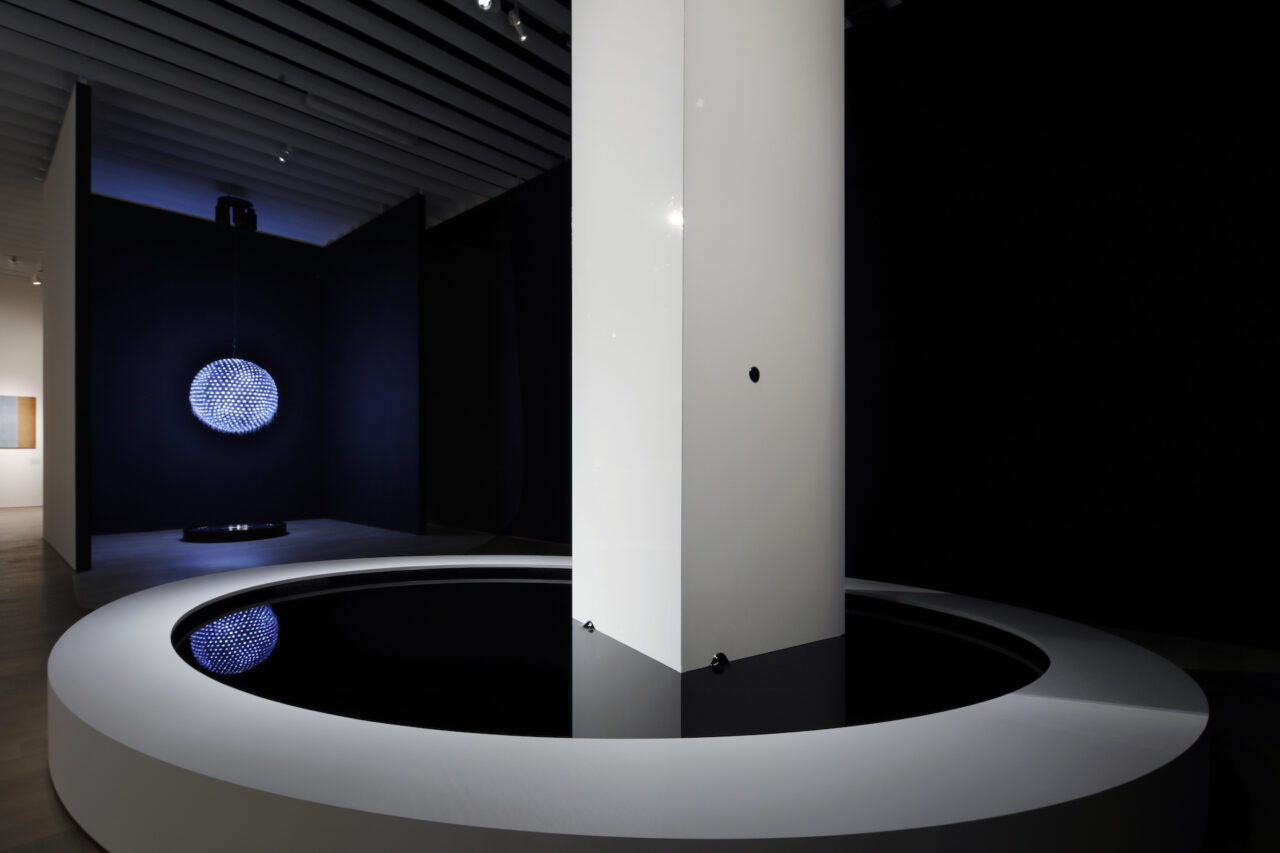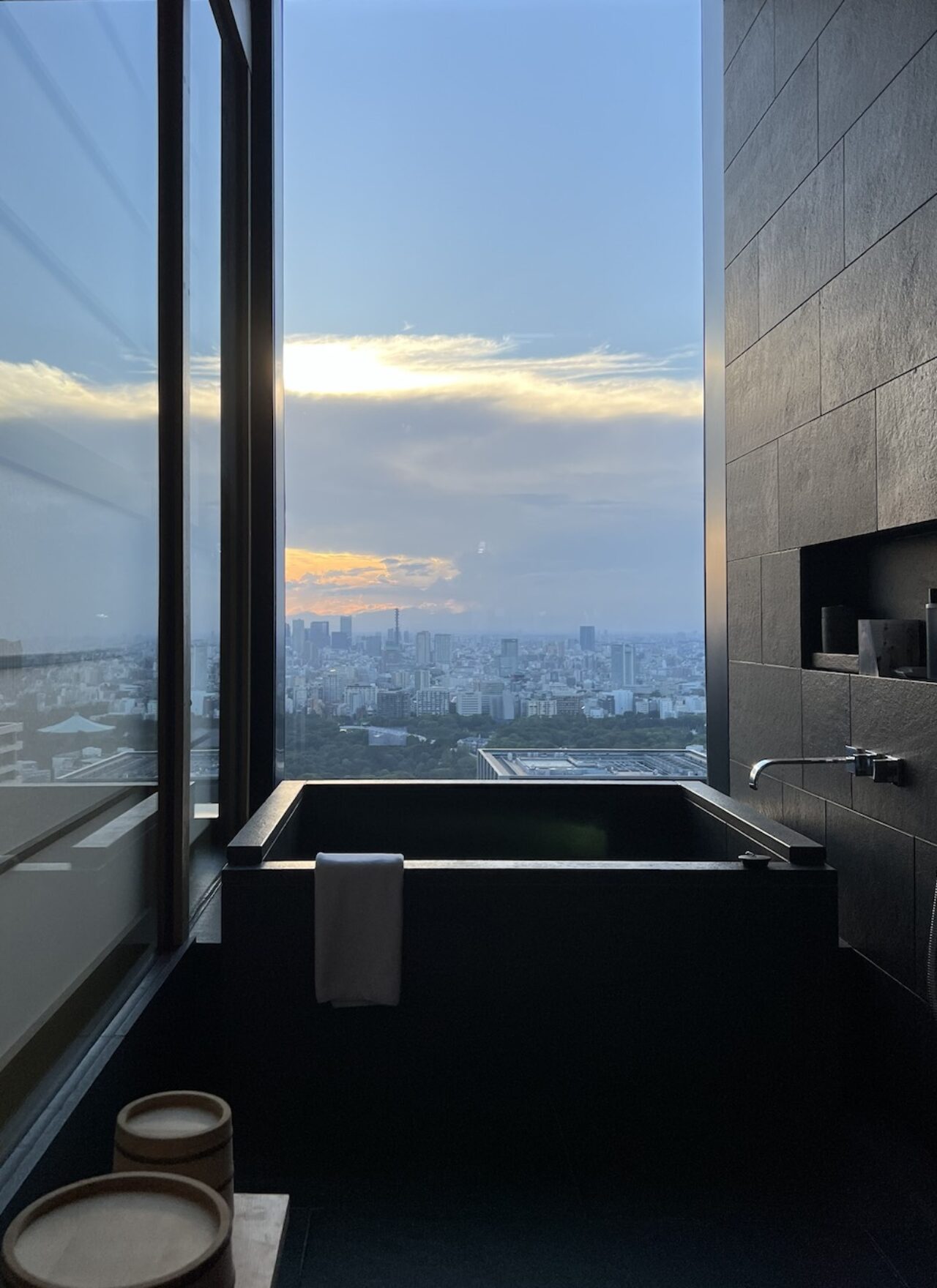SATOSHI KONDO
As The Way It Comes To Be: The ISSEY MIYAKE designer's Garments With Presence
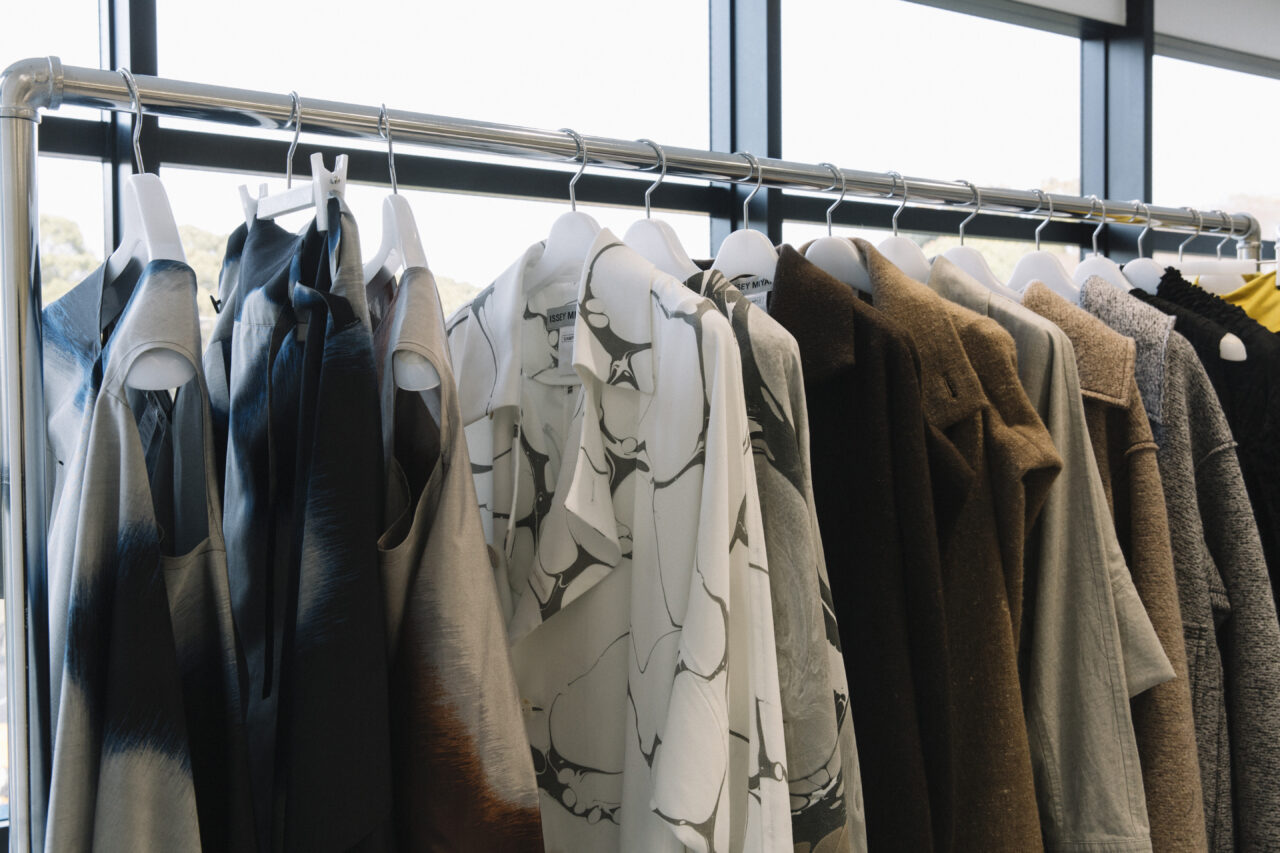
In the stillness of the early morning in an nondescript office building situated across from Tokyo’s renowned Yoyogi Park, ISSEY MIYAKE designer Satoshi Kondo can be found stationed at his desk — the first to arrive before anyone else and something he relishes in, finding the quiet time as a pause for reflection. “I really enjoy that time and the moment by myself, using that moment to think, reflect and just think about collection design. That is where I put many, many thoughts together.”
Kondo is one of the company’s excelling mainstays, having joined straight after graduating and accumulating experience across a number of the ISSEY MIYAKE brands such as Pleats Please and Homme Plissé throughout his now 13 years at the company. At only 36 years of age, he represents a new generation of Japan’s leading designers, and for him, it is only just the beginning. As head designer of main collection ISSEY MIYAKE, Kondo works closely with a convoy of textile specialists and pattern makers. He leads a team of 9 that along with himself, includes one designer and right arm, one knit-focussed specialist, one assistant designer, two accessory designers, a textile team of three that are “specialised in technology and techniques of just making textiles”, and a further additional 6 pattern makers. Yet like any great chef only as strong as his team and quality of ingredients, he continues to infuse the collective lessons accumulated through his current duration and notes a key influence as the brands eponymous owner. “As designers part of our job is to bring wonders or surprise to the audience and to people who wear our clothing — that is one of the things I learnt from Mr Miyake.”

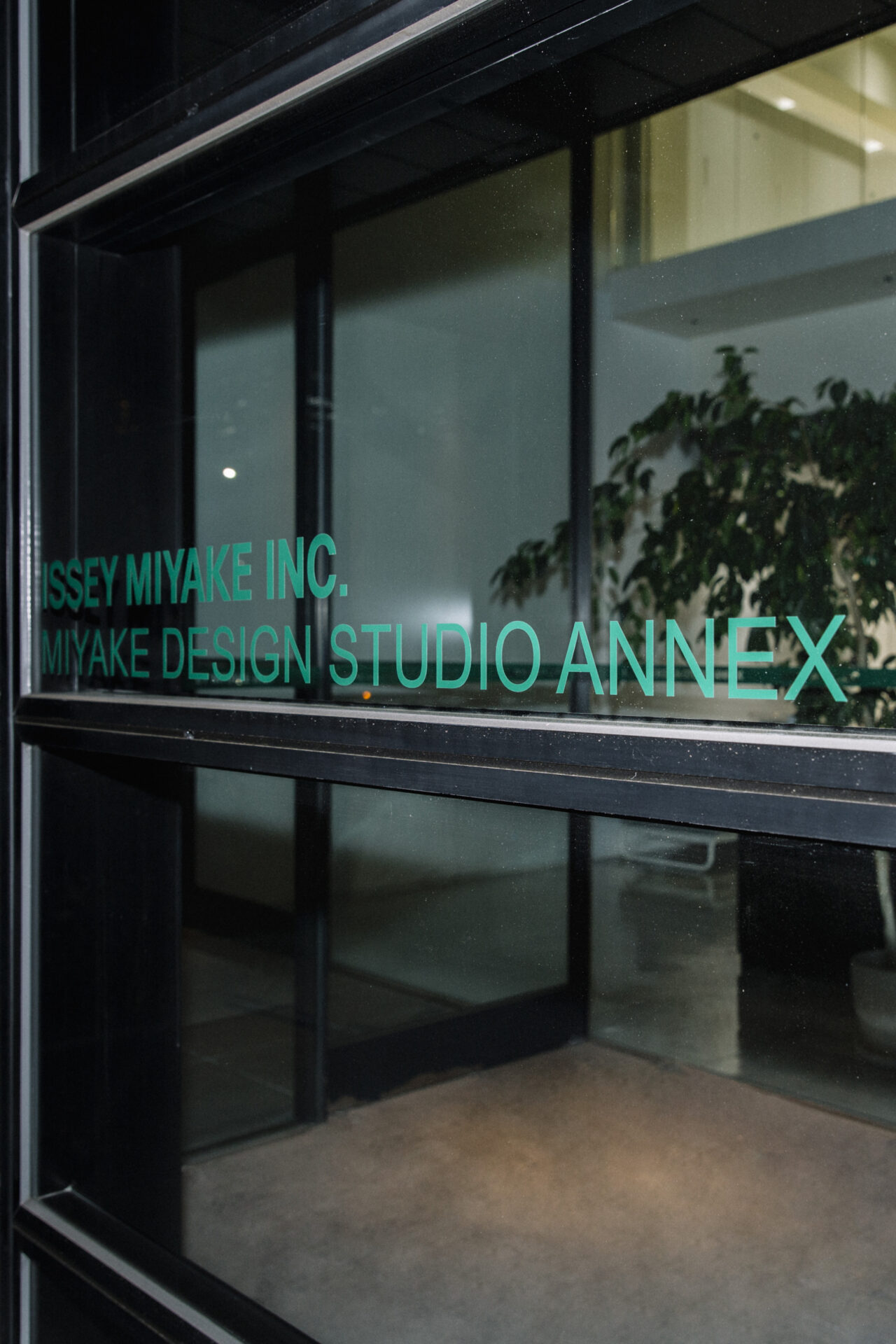
We are meeting to discuss his latest Autumn Winter 2021 collection, As the Way It Comes to Be, which presents an understated palette of earthy tones including garments made from un-dyed natural fibres to experimental processes implemented for new hybrid-material dresses, inspired by the uniqueness of the beauty of nature. In particularly, the beauty of the undetermined markings of stones inspired by a photographic book of quail eggs that Kondo has held in his archive for years. He explains, “The whole book is quail eggs. I’ve always had this book, and it is sort of where the collection started. Just looking at every quail egg is unique where everything is beautiful in itself and from here, I started looking at stones and rocks as part of my research.” The book is indeed exceptional, showcasing thousands of individual quail eggs all ever-so-slightly varying from the other in a self-published phonebook by the photographer. The otaku-like book is akin to the famed series Exactitudes, and allows one to see the beauty in diversity and individuality.
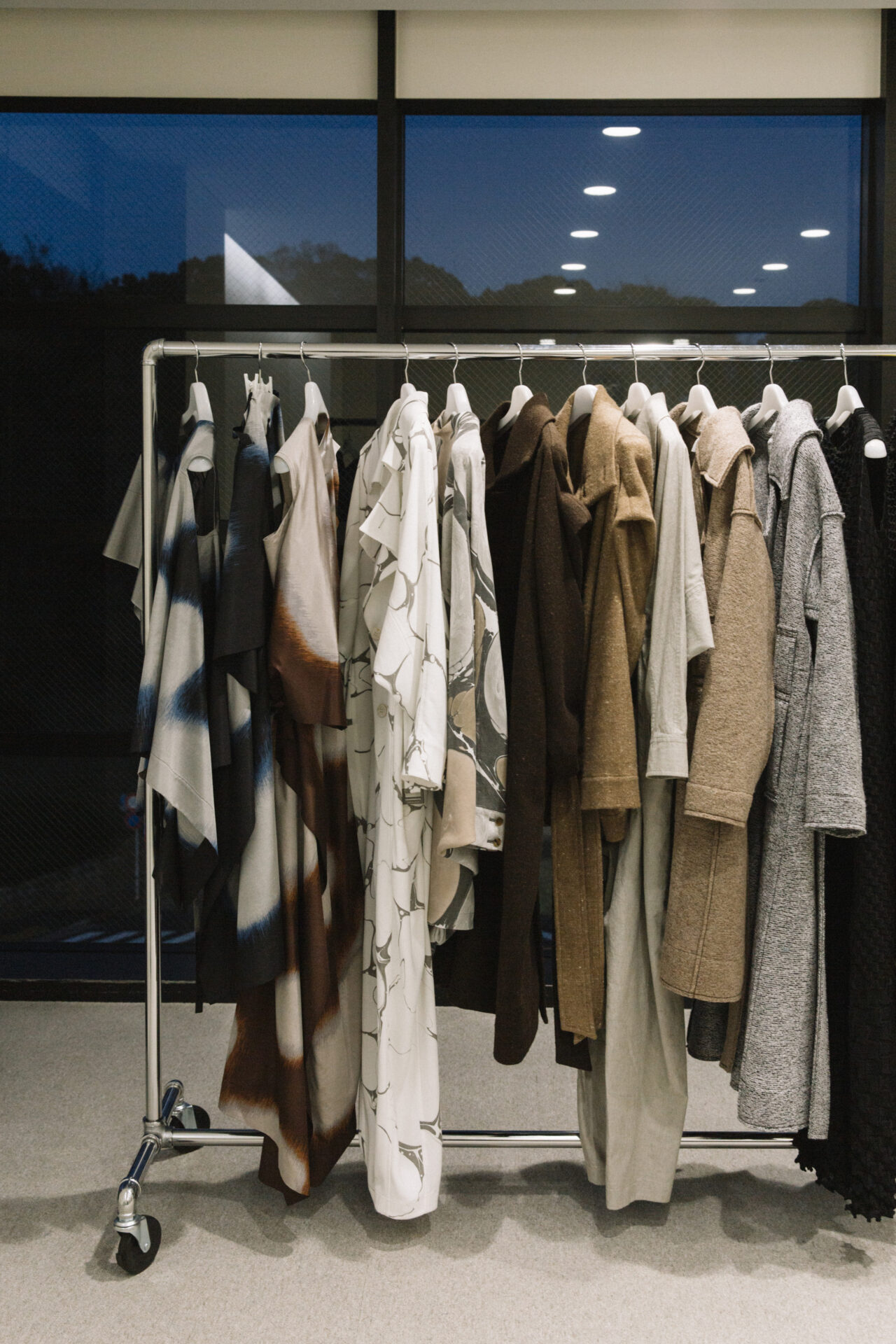
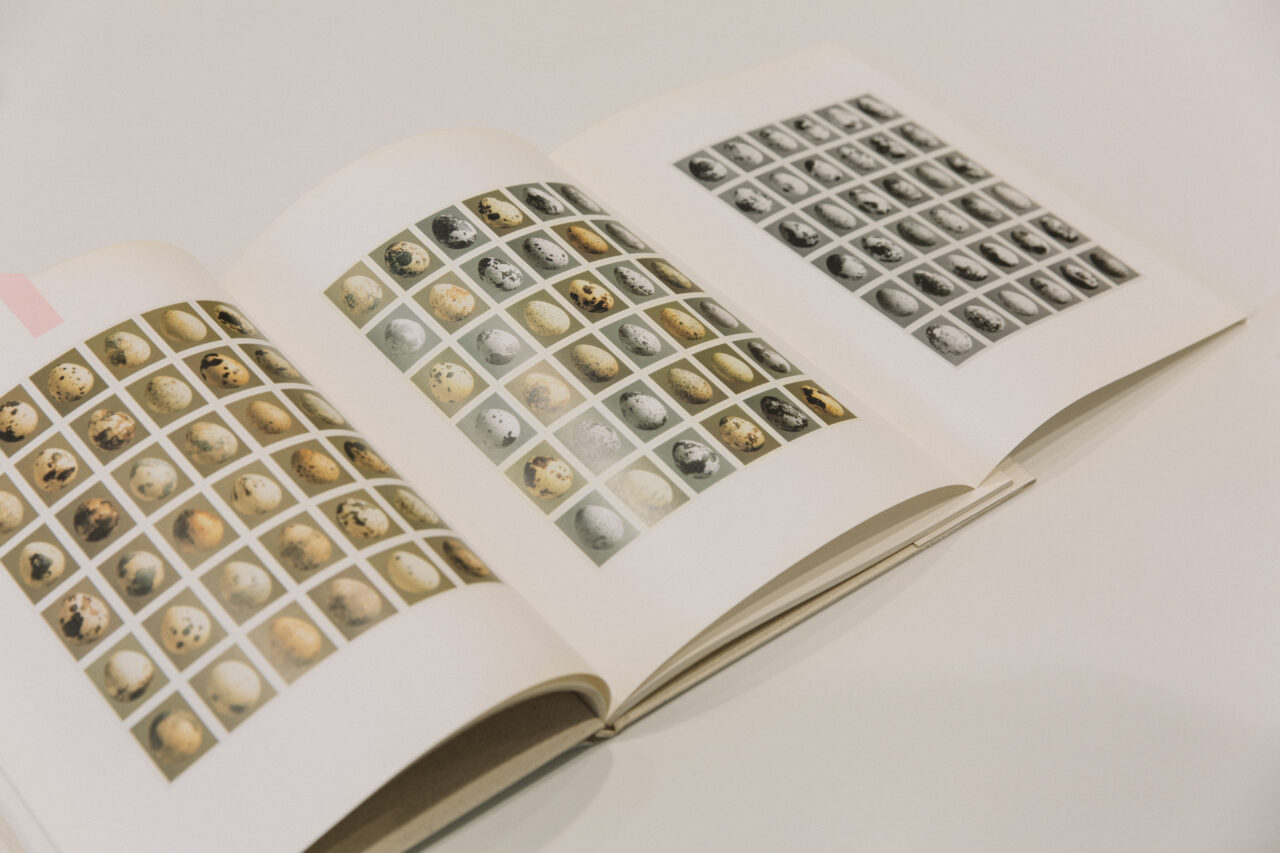
In the collection, find organic, raw wool fibres utilised for coats and raw colors (un-dyed raw cotton) for a suit and jumpsuit. Silk dresses took on a three dimensional form through a traditional weaving technique known as hogushigasuri, and a further number of other garments utilised striking handmade prints created by the traditional dyeing and printing technique suminagashi. From each hand-made process, garments result in a completely unique visual result from the other, created in a pensive and laborious process by skilled and generation-led craftsmen. Originally founded in Fukui prefecture, suminagashi (ink dripping) is created by floating ink on a body of water and placing the polyester textile carefully on top, transferring the print to the cloth and creating a one-of-a-kind pattern. Kondo and his team worked with craftspeople in Kyoto where they recreated the striking tonal grey and brown stone-like formations. Another traditional weaving technique used in the collection included hogushigasuri, originating and handmade in Ashikaga in Tochigi prefecture and present unique markings of deep blue and brown gradients on the silk fabrics which were created as a piece of cloth dresses, inspired by flowers glowing in the moonlight. Kondo notes the beauty of imperfection and references the Japanese term aji, a direct translation of flavour. “There’s this organic sense of beauty. If you do everything by hand with this kind of hand craftsmanship, everything has its own flavour or texture and will be beautiful in its own way.”
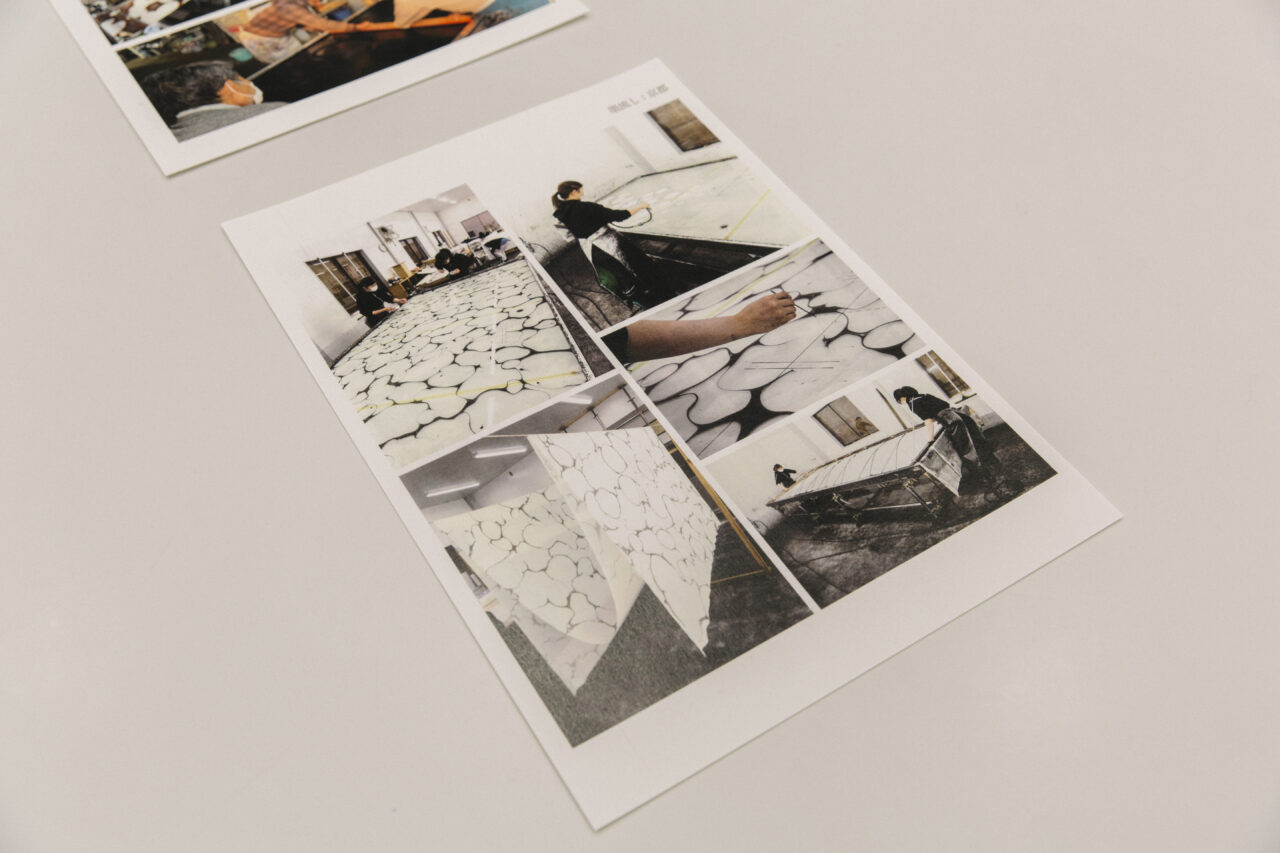
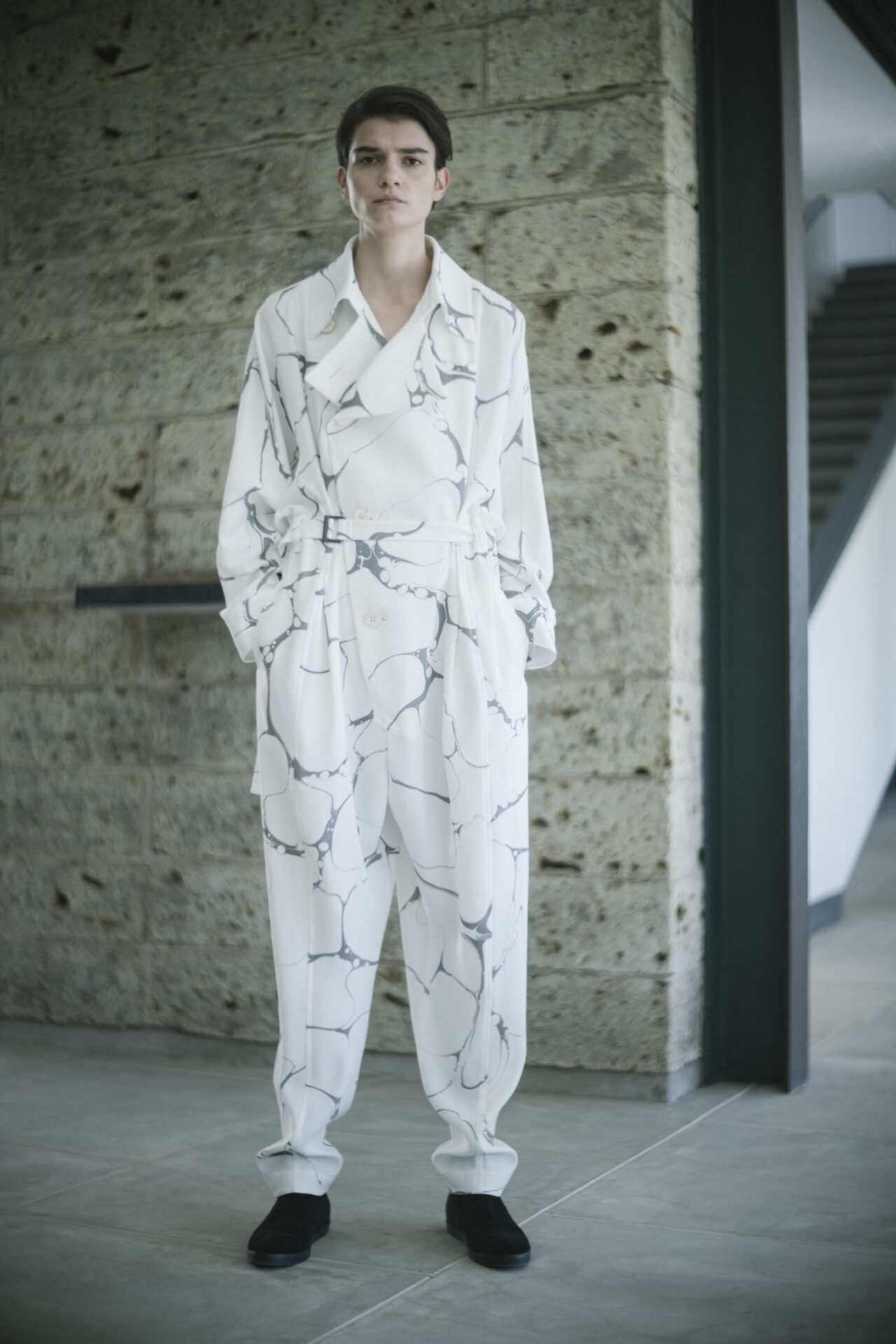
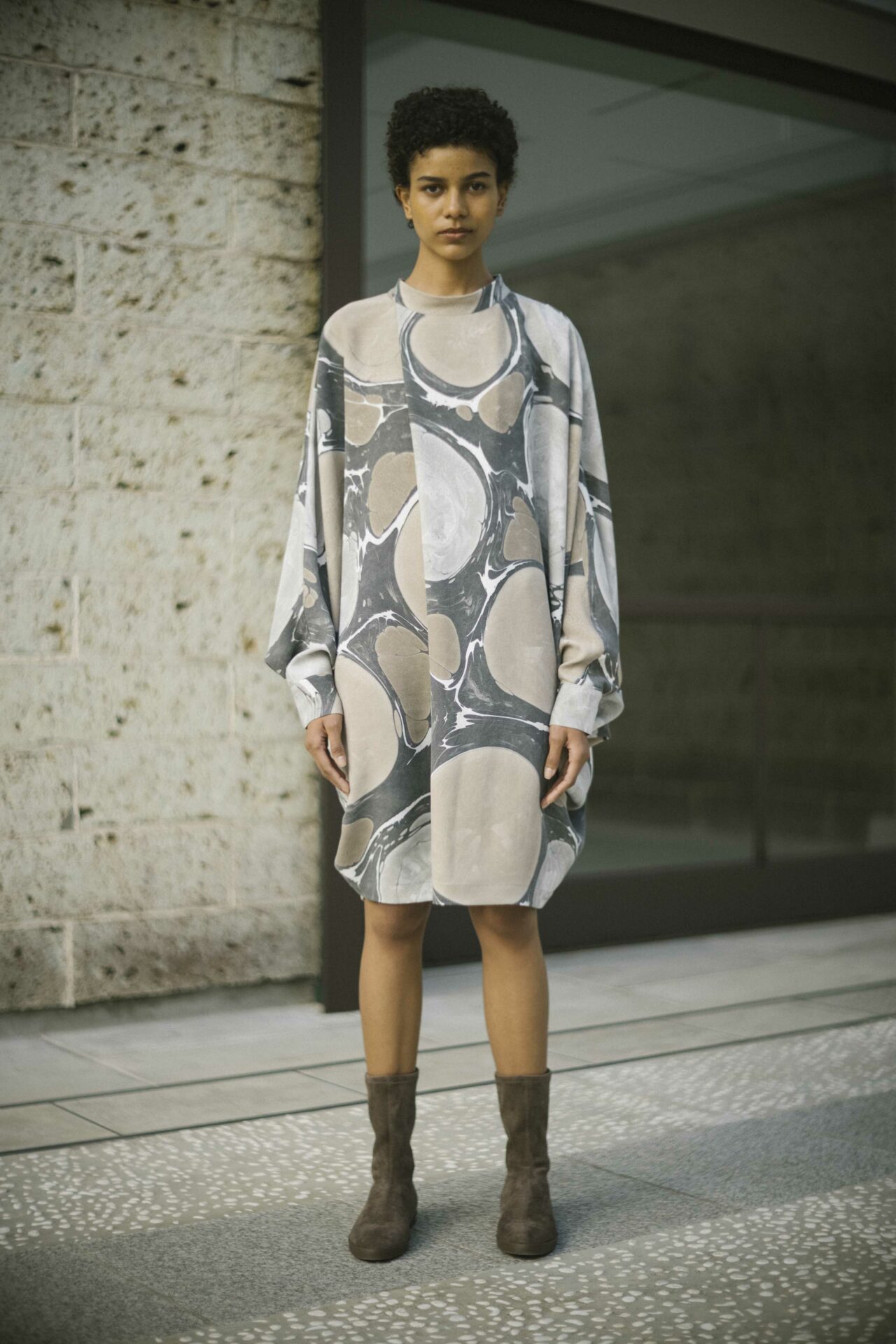
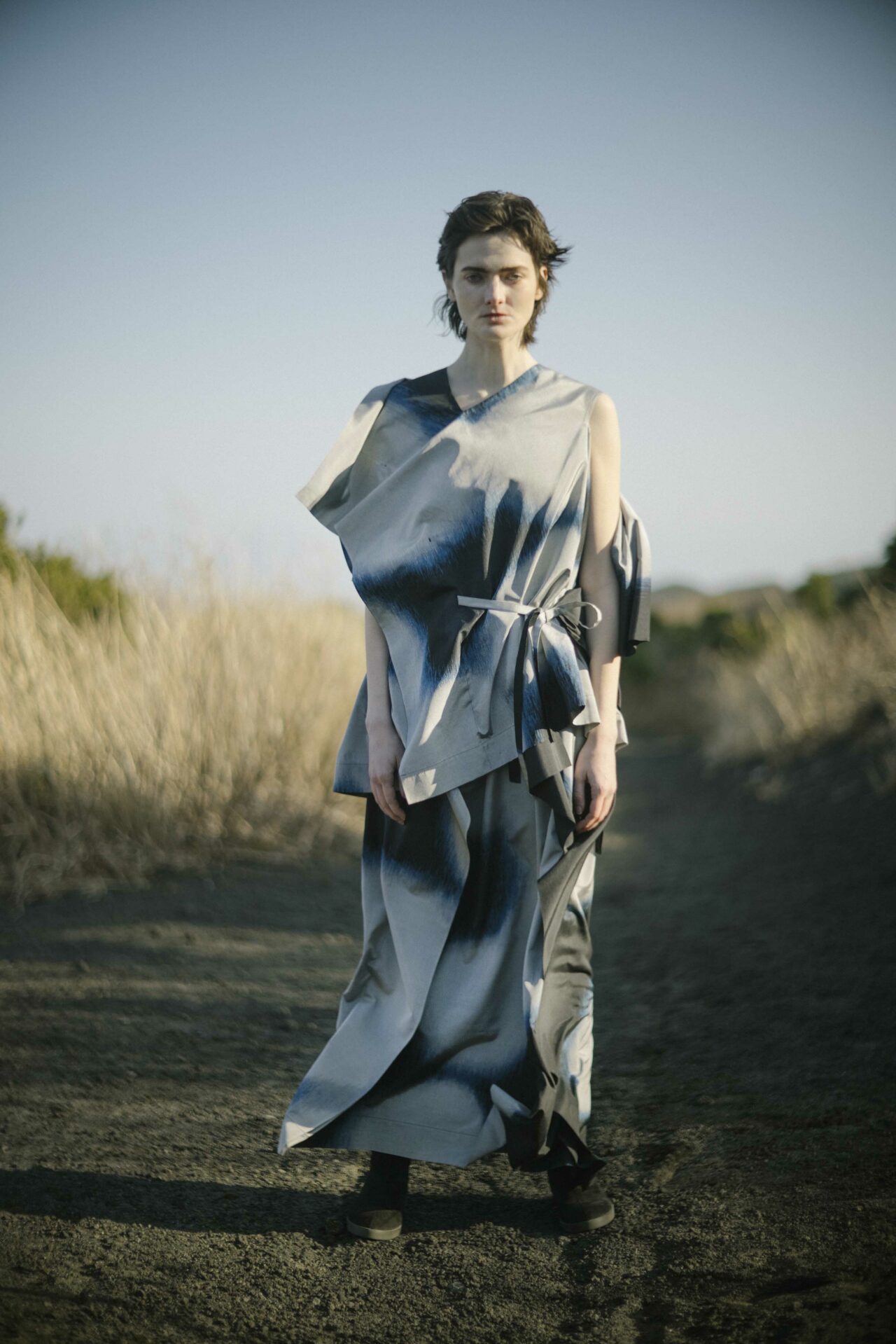
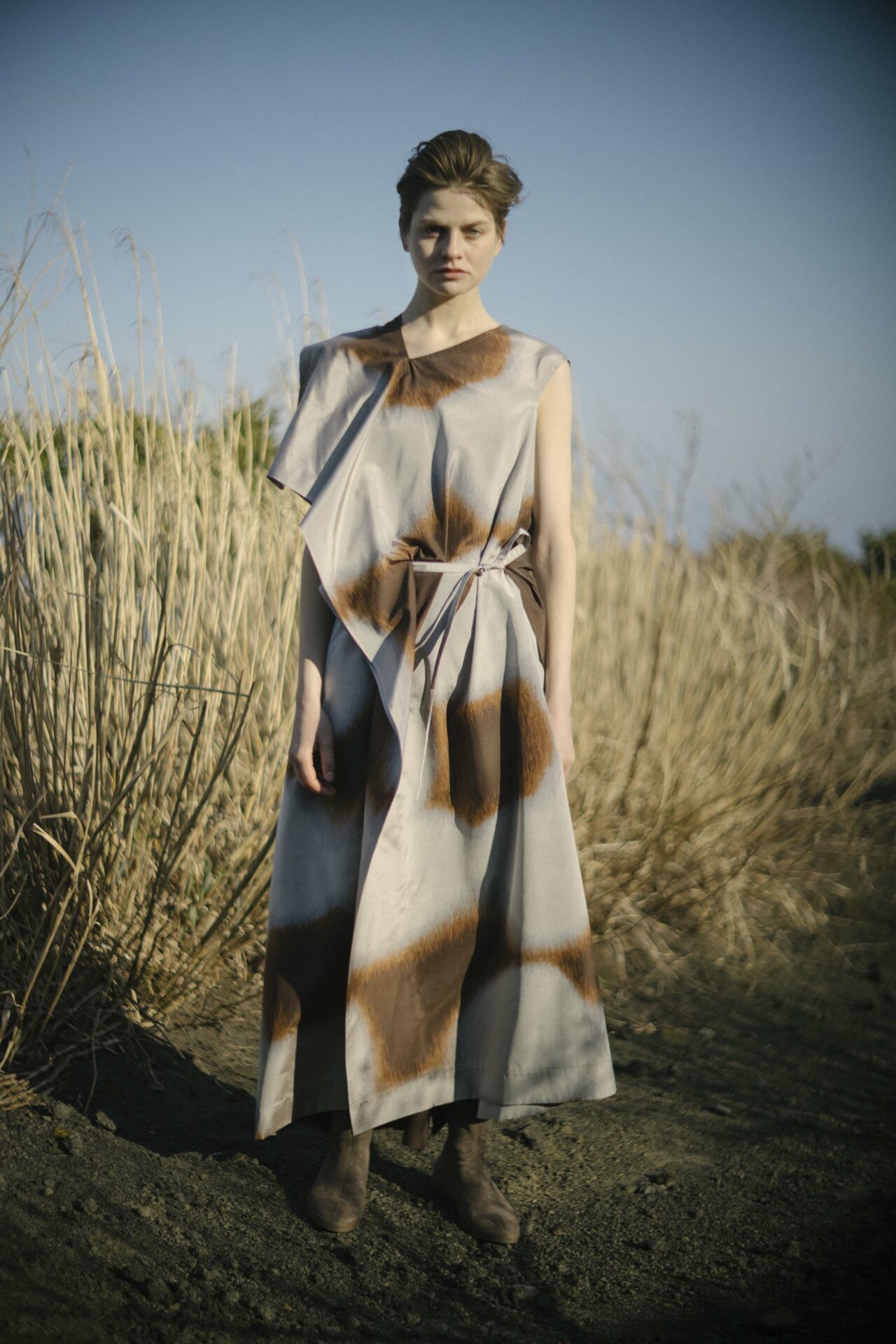
In the collection, the many iterations of the textures of stone continues with varying methods and techniques of production. For the collection’s RISE series, two dresses in black and blue respectively, present a resemblance of shrinkage at the centre inspired by the surface of a rough stone. “The cotton fabric has a centre part of polyester which reacts when we ‘pre-wash’ (seihin arai shushuku) it in it’s finished form with a certain temperature in the water, that creates the crinkle effect in the designated polyester area.”
For each collection, Kondo’s design process begins with creating a series of digital collages comprised of hand-drawn sketches overlaid with textile swatches and image references that build the story and narrative for the collection concept. “Depending on the item, the design approach is different,” he explains. “More than often however, my main approach begins with sketching. But for example when I find a really interesting piece of fabric, then I will start really using that to begin the design.” His approach combines elements of manual, digital and tactile tools to visualise his designs that are undeniably original and ahead of any mainstream trends. Titled As the Way It Comes to Be, the AW21 collection is a powerful dialogue with our current times and reflects everything that “sort of naturally comes to be”. Kondo details, “While the colours are understated, it is also another way to show diversity. For the first three collections, I presented diversity in a different approach by showing differing colours and varying styles. But for this collection, I arrived at a design approach presenting diversities through keeping colour to a minimum and showing new textures that come together as a coherent whole. This is where all the research started and what gave rise to the idea of using non-artificial dye sheep yarn. Simply to present the natural colours and textures as they are.”
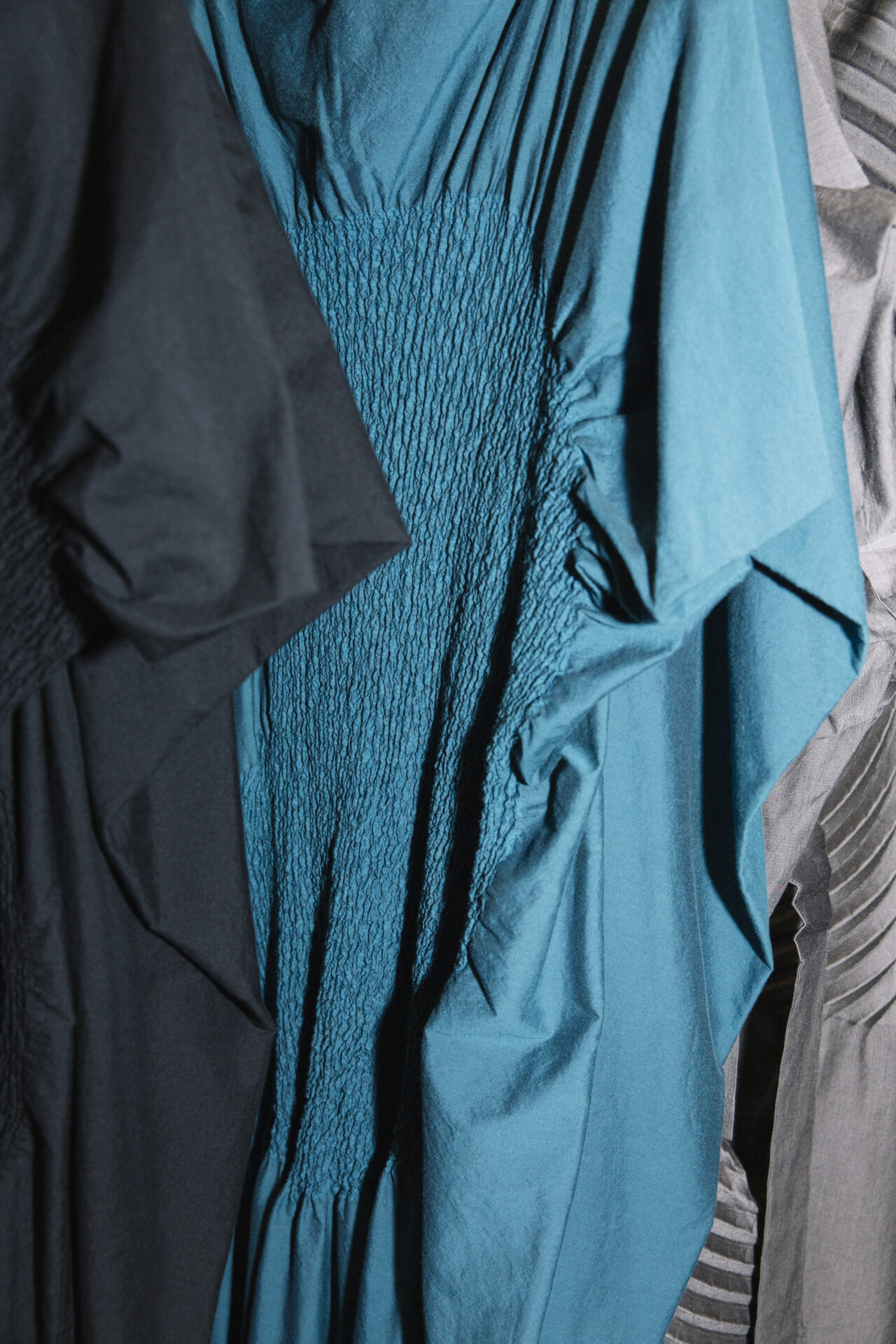
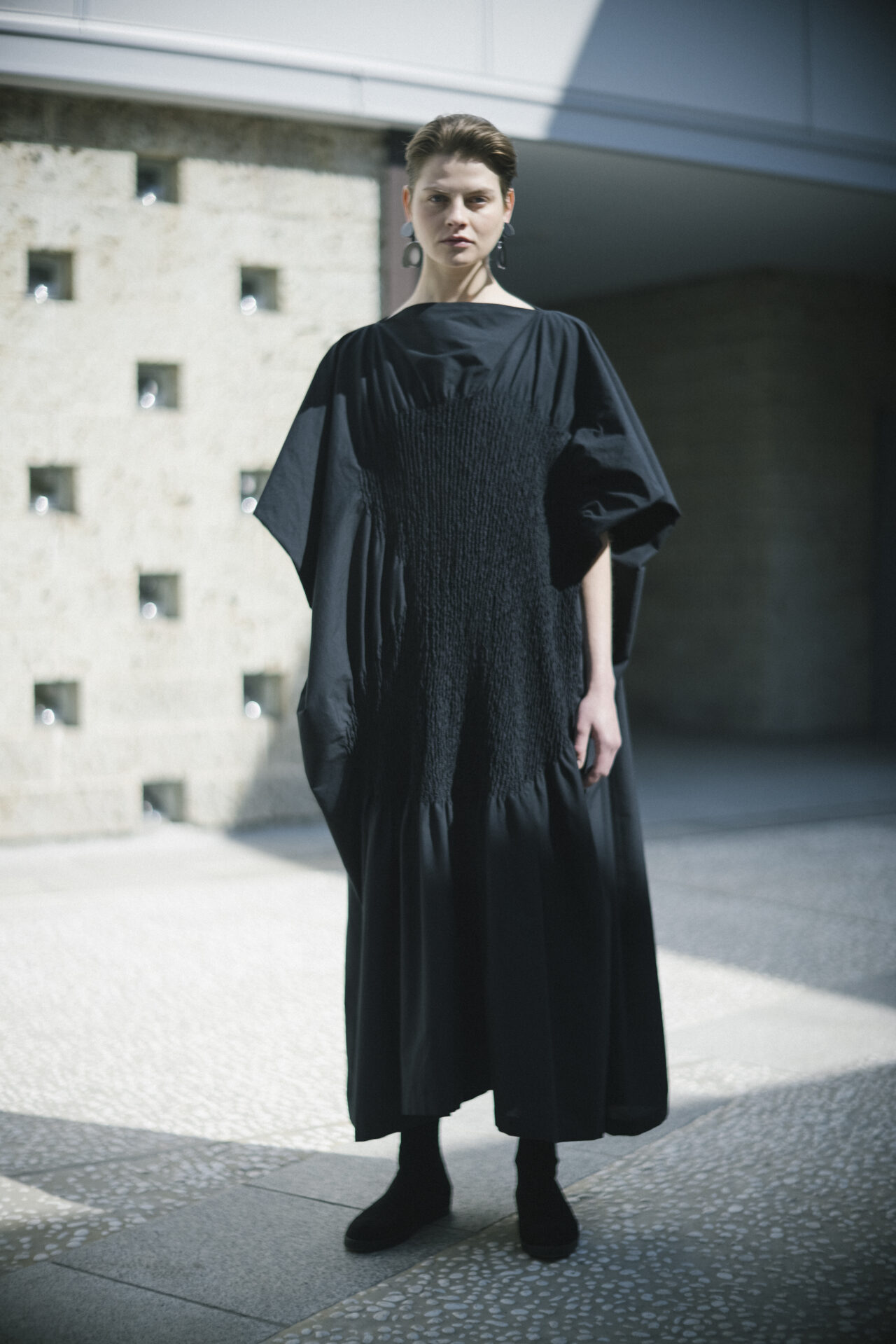
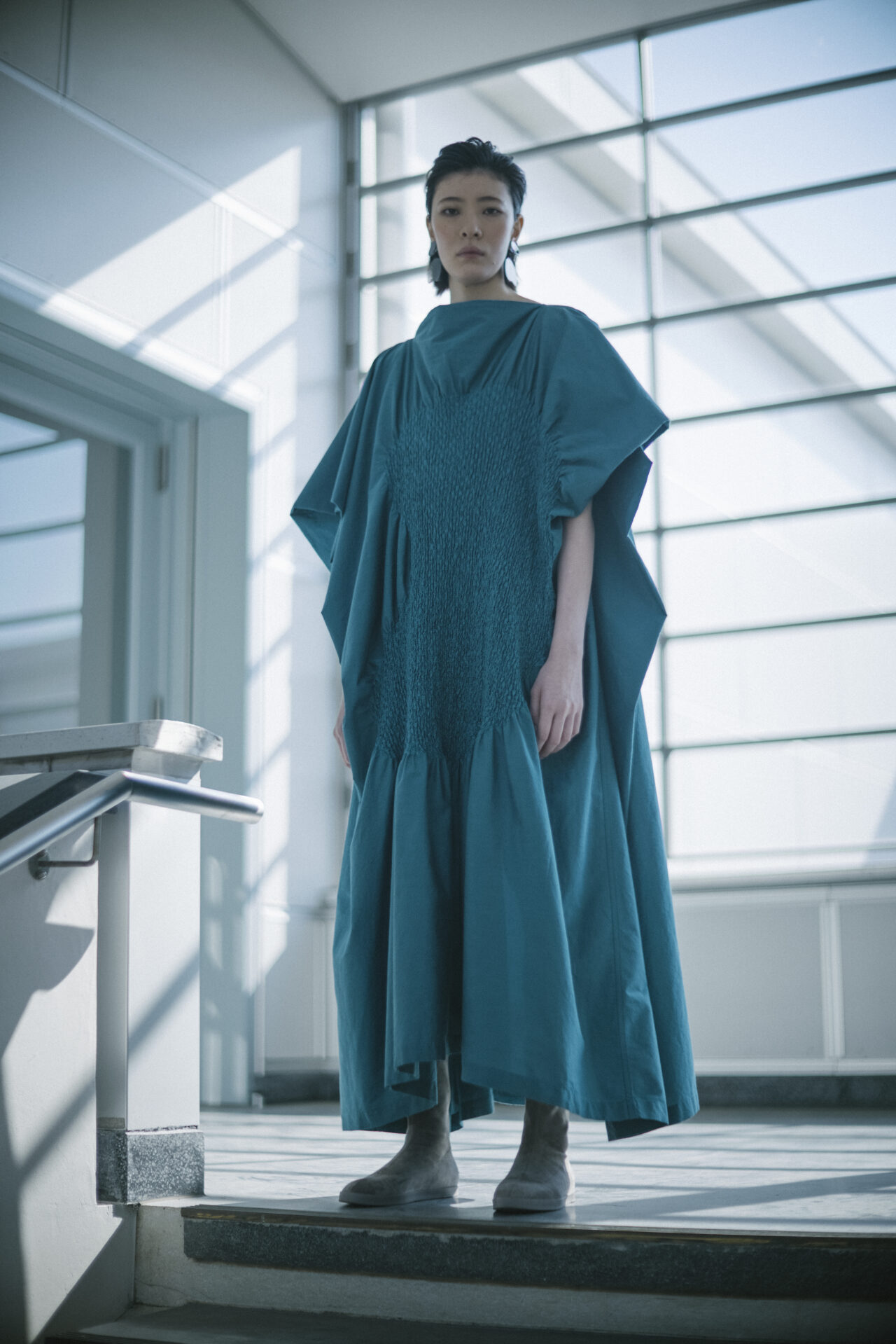
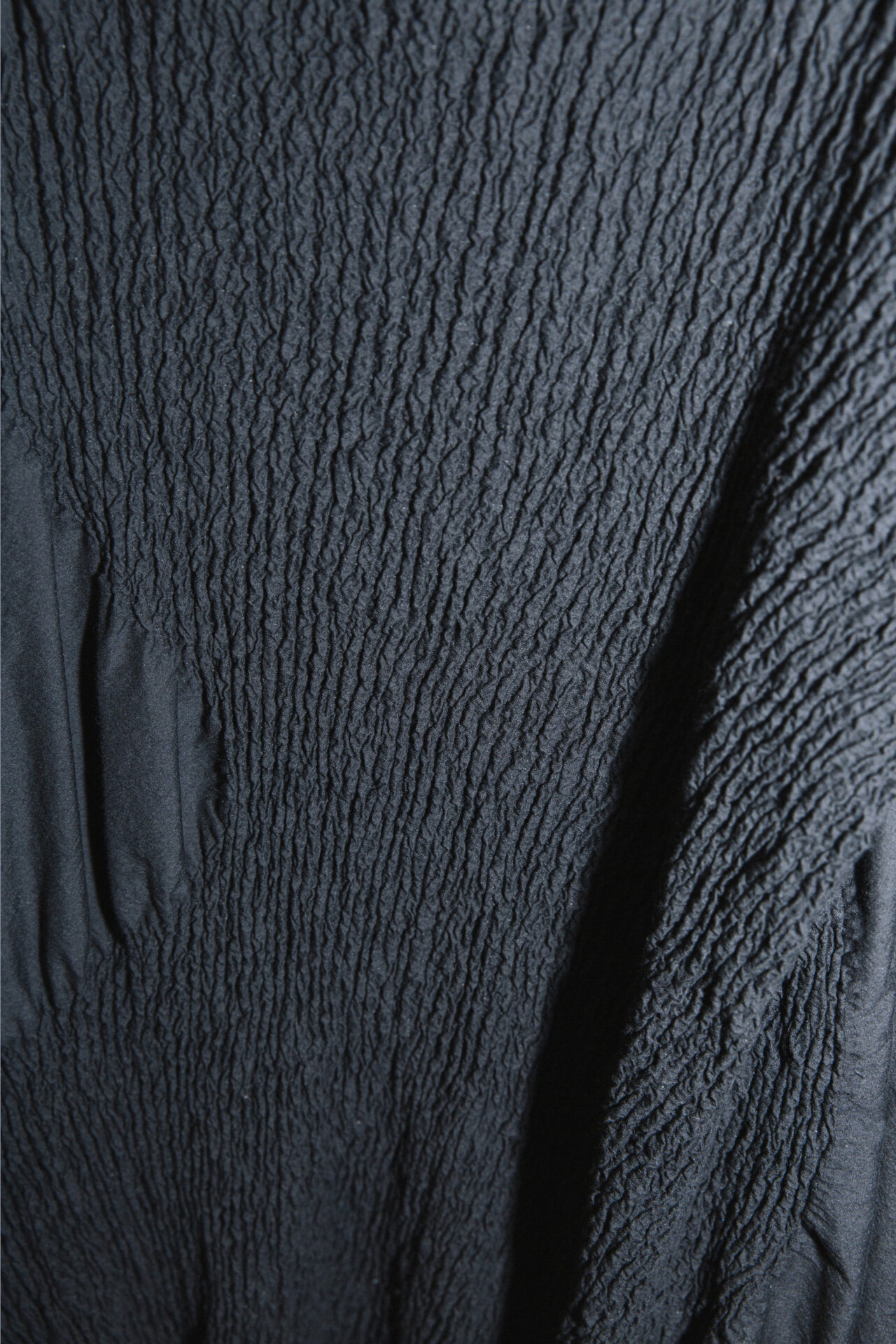
Since taking the reins of the brands main collection, the seasonal collection titles have shown a sense of playfulness and abstraction in their form. Upon self-reflection, Kondo himself notes his own abstract way of speaking and recognises it as an extract of his own DNA. “Each of them can even be the title of a story or novel that can inspire you and your imagination. I create each collection as a story, so the title of the collection would fit as the title of a story.” He continues, “I want to design each garment in a way that each garment can be an artwork or a painting, and in a way has a presence. Not only as just something you wear everyday, but that has significance in it, and that can be more than a garment. For the last collection, Unpack The Compact, I specifically focused on the idea that a piece of garment can be an art object or functional and practical. But for this collection, I shifted gears to focus on something more pure with a sense of presence. (In AW21’s MONOCHROME PLANET series) you can also actually fold it along its pleated lines and also be very compact. There is always this balance of give and take.”
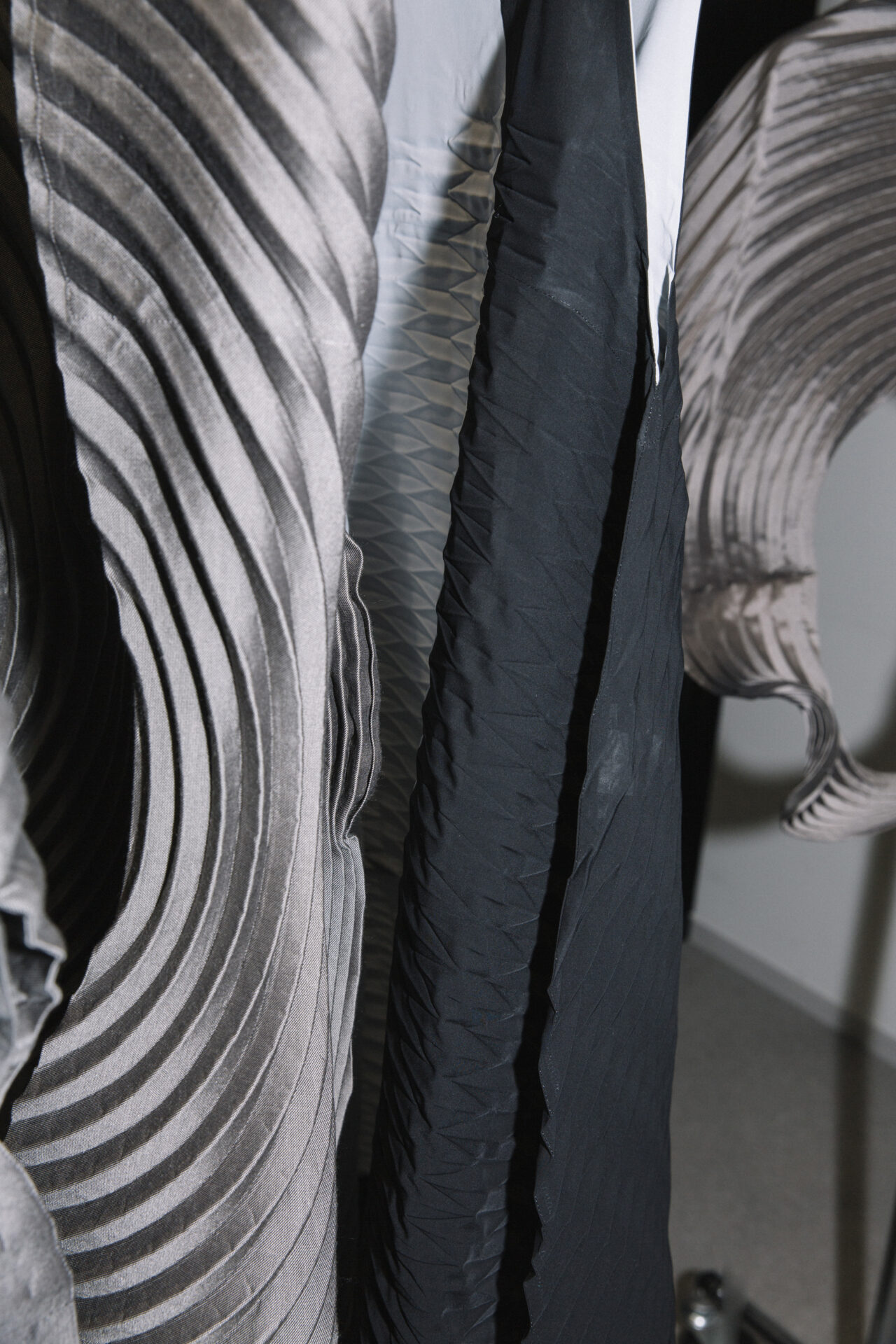
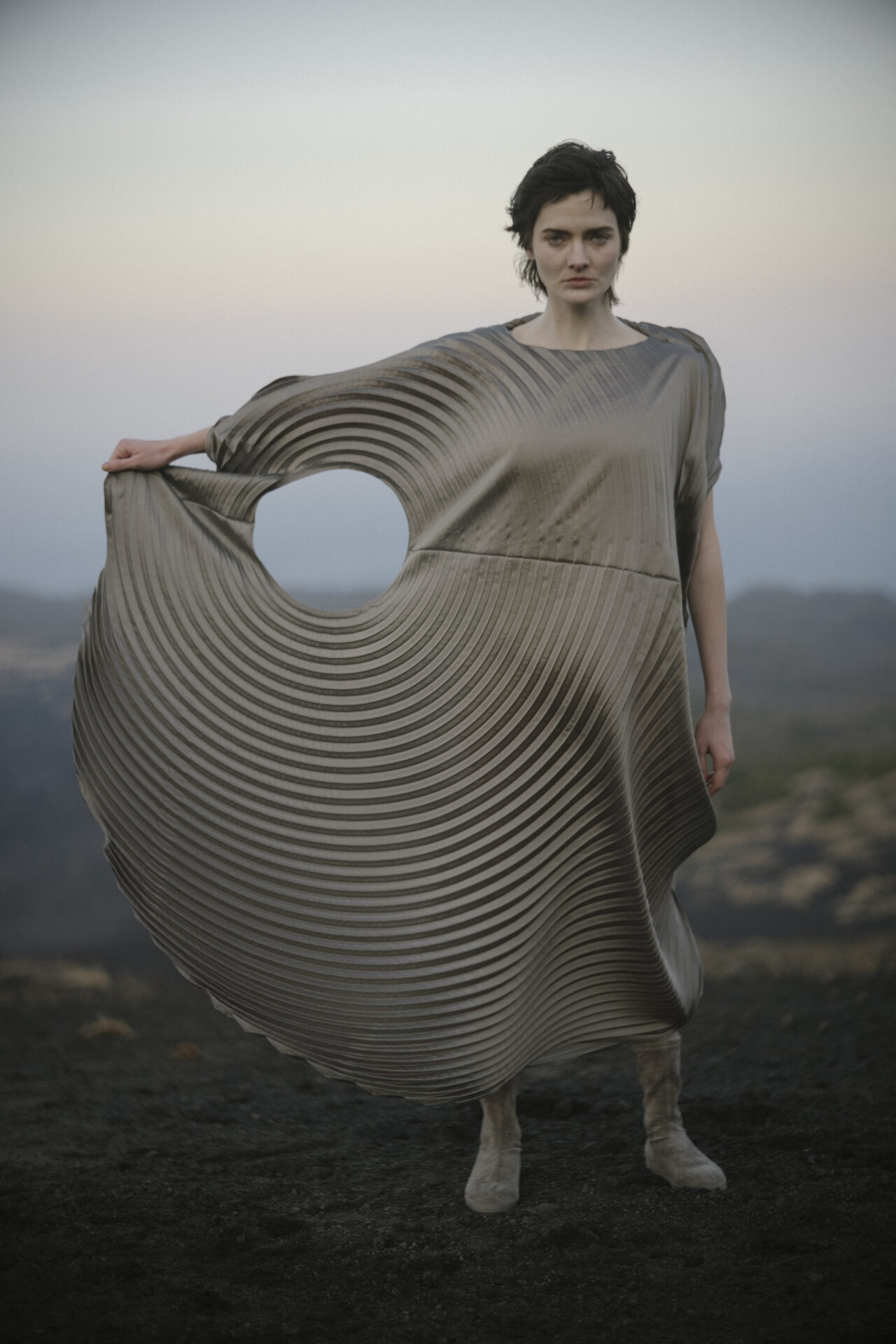
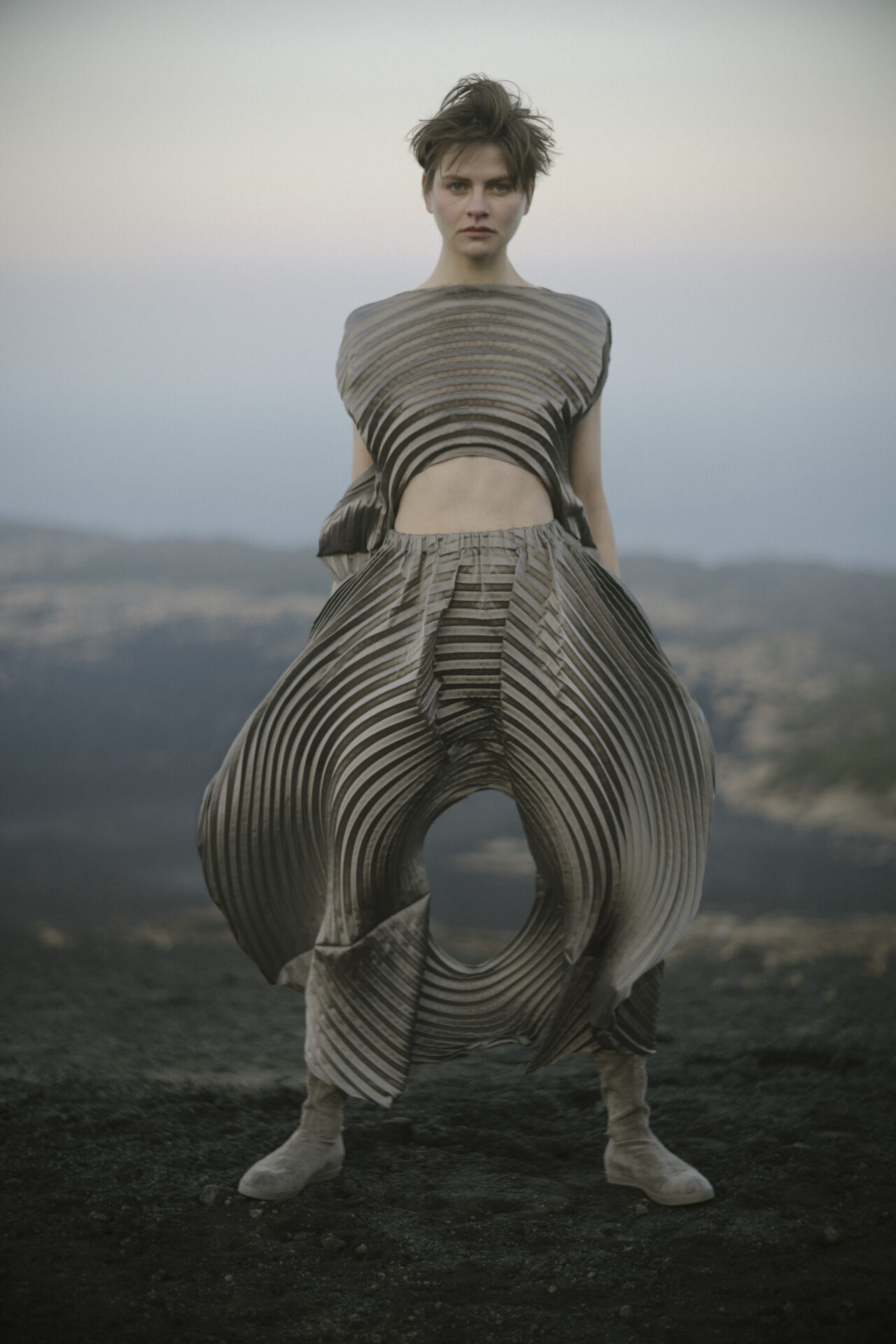
Yet for Kondo, it is undoubtedly Mr Miyake himself that continues to inspire the young designer. He notes, “Mr Miyake is always a kind of visionary so to speak, and I have learnt from him to always look ahead and think ahead. Of course the present is important, but as designers and a company it’s important to think ahead. You’re not just living now, but you have to consider the future or what is going to happen in the future.” It is toward this future, that the conversation of sustainability remains at his core. “Considering the reduction of waste has always been what Issey Miyake started with — the idea of a piece of cloth. By using a full piece of cloth you will generate less waste or excess fabric, so that is always a part of the company’s philosophy.” With this forward-thinking spirit, they continue to explore new possibilities in textile innovation. Kondo continues; “We are also now looking at possibilities to use these sheets to turn them back into yarn and anything that can be used for garments. We also work with textile manufacturers to develop new textiles that use yarn or fabric or material that will not harm the environment, and continue to look into new ways to recycle or up cycle byproducts part of the design or manufacturing process.”
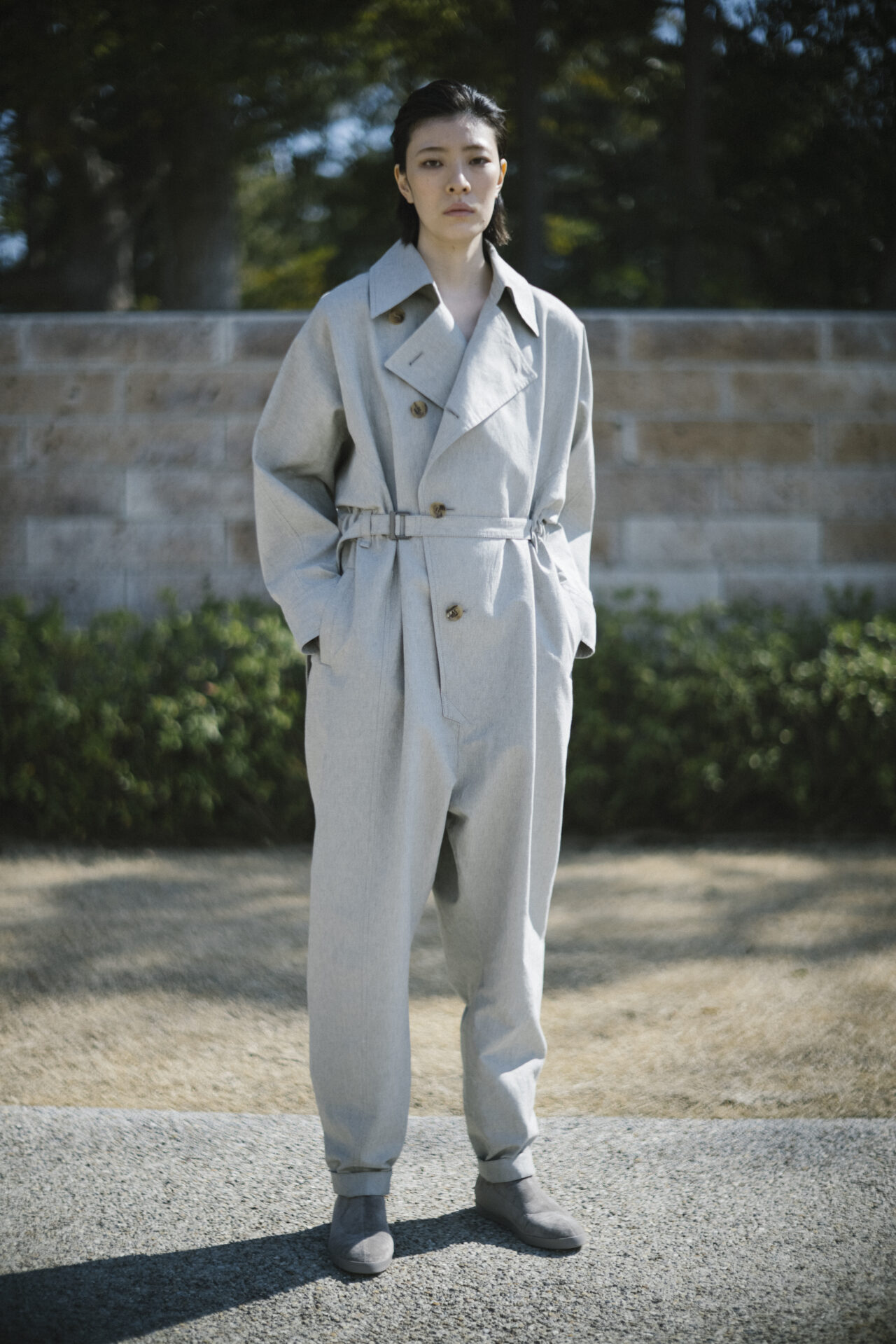
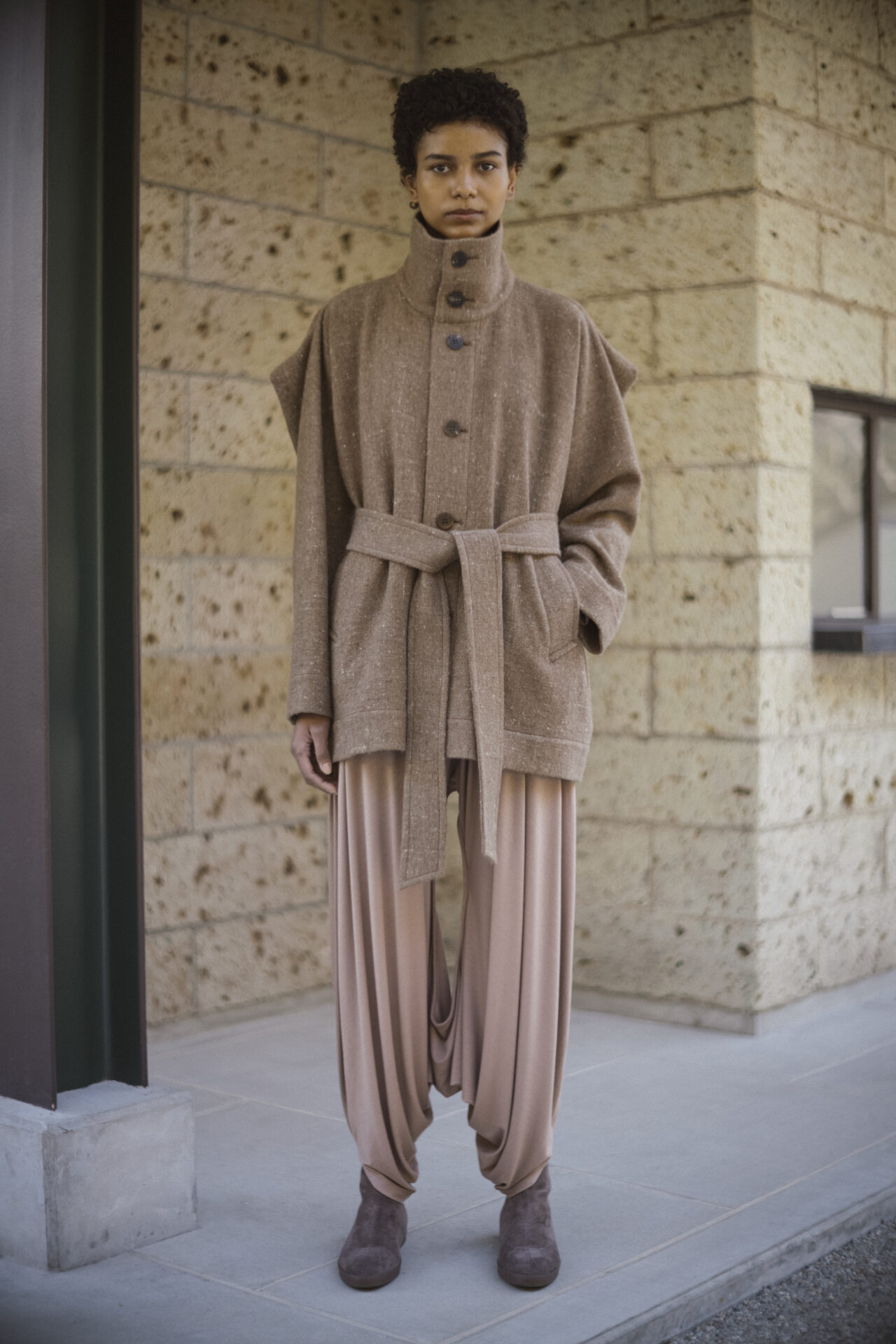
It is this genuine response to society and a sense of design responsibility that drives the innovation and experimentation at ISSEY MIYAKE. Unbothered by trends, Kondo leads with originality and curiosity. “I see myself as a designer more inclined to our daily lives as opposed to what’s in trend now. Something that is more organic and more spontaneous. When I visit a manufacturer or factory, they always show you the finished product, but I always ask to see something that is one step before, and that is always more interesting and more fascinating.”
He notes the importance of delving into curiosity with an investigative spirit. “The key is to keep trying and keep experimenting, and through the process of that experimentation you will arrive at something that’s more coherent and integrated. One of the other key things is to really engage with either an idea or material. I use the term, ‘torikumu’ to really grapple or engage with an idea, an object or a material — to really work with something and delve into it.”
Location: Tokyo, Japan
Interview: Joanna Kawecki
Photography: Angela Momo Ohta
















